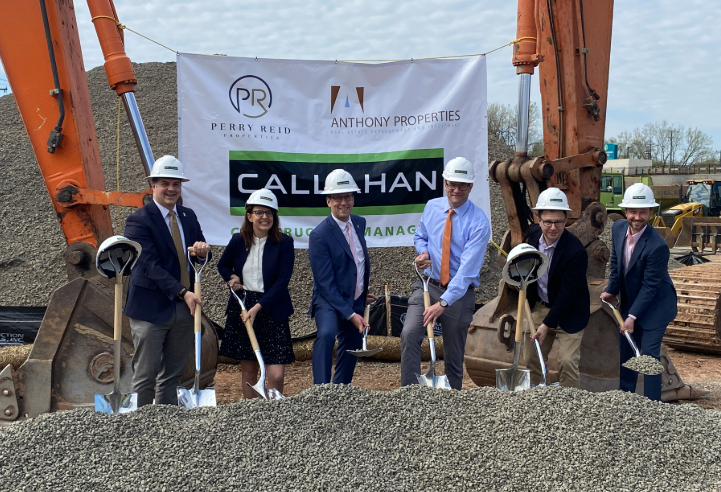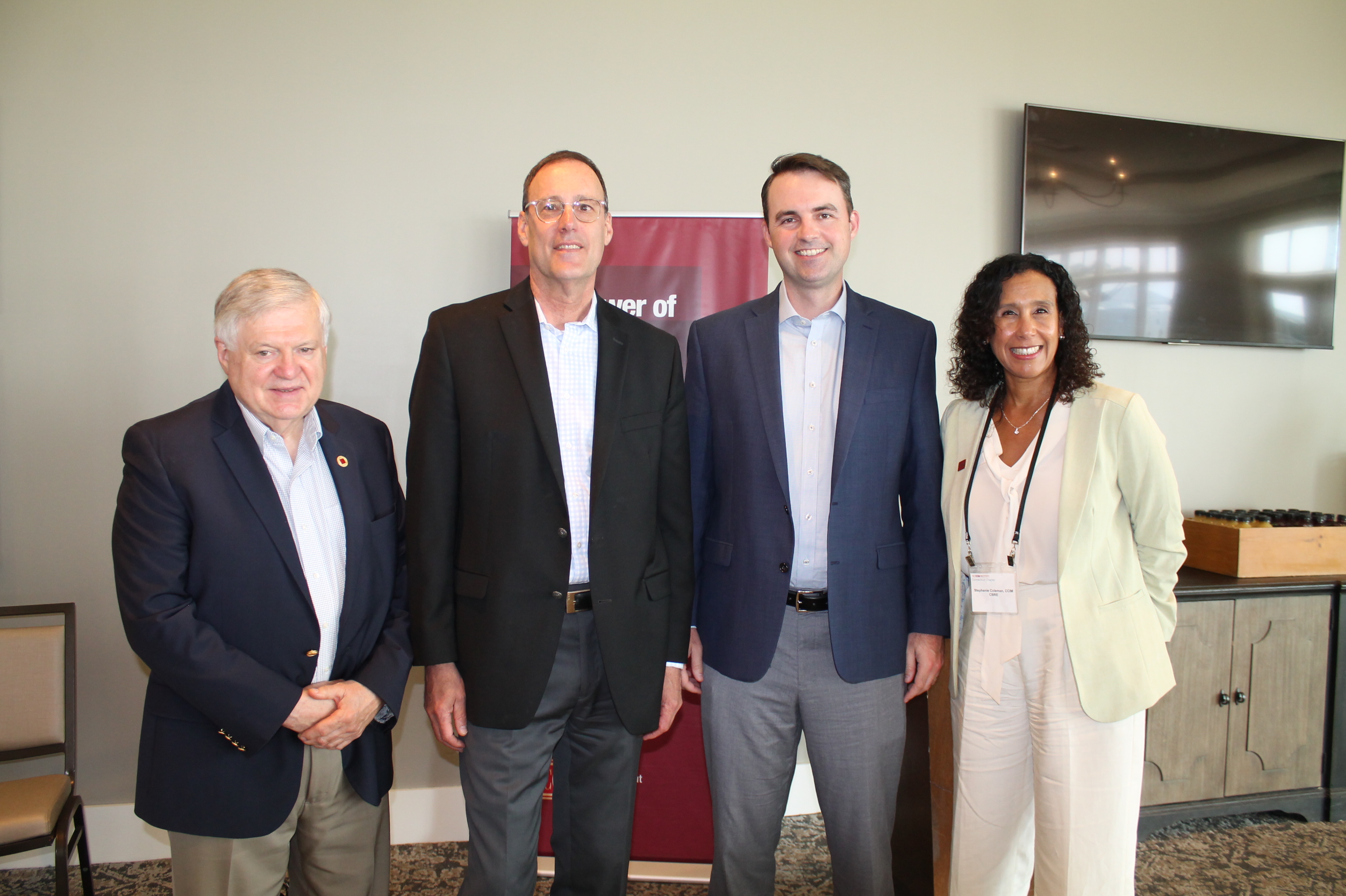News: Connecticut
Posted: March 15, 2013
The importance of thorough concept design and suggestions on how to implement it
The last few years have been difficult for the design and building industry as we have all seen in a reduced number of projects, tightening of costs and tremendous competition among designers. Site design seems to become subject to the lowest bidder and the final product is very different from what was being produced even a few years ago. We are seeing more and more clients try to engage the municipal review process on their own or with consultants with extremely limited budgets. As we all try to trim costs, we often forget that most site design is established by zoning regulations, stormwater requirements, and the physical characteristics of the property. Except for a reduction in scope, most value engineering results in reduced pavement sections, reduction in planting, and earthwork reconfigurations. These changes result in problems with broken pavement within 5 years, the town upset because the approved plans weren't built as required, and odd landforms left for future users, respectively. There are more efficient ways to save costs. Since the big ticket items for site work are earthwork and paving, we offer the following suggestions:
1. Start with a Grading Plan - often site concept design shows the building and parking on a flat site with no grading. This technique creates the often disproved illusion that a certain size project is viable. Later, indepth design shows that it is not. To avoid this, concept design should include grading. This enables the design professional to do a preliminary cut and fill analysis as well as promote preliminary discussion about the depths of cuts and need for retaining walls. Although this may increase your upfront design costs, knowing what will happen with earthwork up front during the design process will help control costs later.
2. Consider other options for layout - Concept design usually starts and ends with a single workable layout that enables either the architect or the engineer to solve their issues (entrance and access/stormwater respectively). The first layout often is not the most cost effective. But you are stuck with it because too many times it becomes "locked" in place due to the dollars spent on architecture or engineering. Considering alternate layouts during concept design will help keep the focus on those items that may be critical to the success of the project (entry, access, size, privacy, visibility, etc.).
3. Try to talk costs up front but don't get locked in - For design professionals, it is often helpful to start with a reasonable budget guideline. This will enable the designers to show the client where the additional costs related to additional square footage come into play. With a clear understanding of how costs are related to scope, the decisions made on how to proceed will be done with a clearer understanding of the final bottom line.
4. You get what you pay for with design fees - For design professionals, it's been a very competitive market for the last 10 years and even more so the last 3 years. Although this has resulted in reduced design fees for clients, the service provided for these fees has also been reduced. This is particularly noticeable when projects are presented to towns for the first time. Too often applicants are submitting only the minimum required without understanding the level of detail and the format towns require. The towns then have to decide if the client is disreputable or the design professional sloppy. Either way, the project now has a question mark attached to it that takes money and time to overcome.
5. Regulations and municipalities aren't concerned that money is tight - It might be interesting to note that during every significant recession, major new regulations have been implemented resulting in higher project costs and usually smaller building size. This includes changes to zoning regulations such as upzoning or reductions in FAR (floor area ratio); increased requirements for storm drainage; increased pressure to require infrastructure and an increased sensitivity by the neighbors. Careful planning during concept design will help identify these issues so that the project can address them (and their associated costs) without having to argue with the commissions.
As always, the time, effort, and money spent up front for most projects is returned later in the project. By considering alternatives, identifying costs; and addressing the big ticket items (grading and earthwork) early in the process, the project will run smoother through design development as well as with the commissions. Remember, virtually every part of the site design is regulated and requires an approval. When value engineering results in changes to the site plan, new approvals may be required. The time and money associated with this is significant compared to the cost of concept design.
The seasons are turning again and we hope for a productive and profitable spring and summer season.
Terri-Ann Hahn, ASLA, CPESC, CPSWQ, LEED AP is a principal of LADA, P.C. - Land Planners, Simsbury, Conn.
Tags:
Connecticut
MORE FROM Connecticut
Highcap Group brokers $41.1 million sale of two building multifamily portfolio
Norwalk, CT Highcap Group has completed the sale of two luxury multifamily properties with a total of 120 units for a combined purchase price of $41.4 million.

Quick Hits







.png)